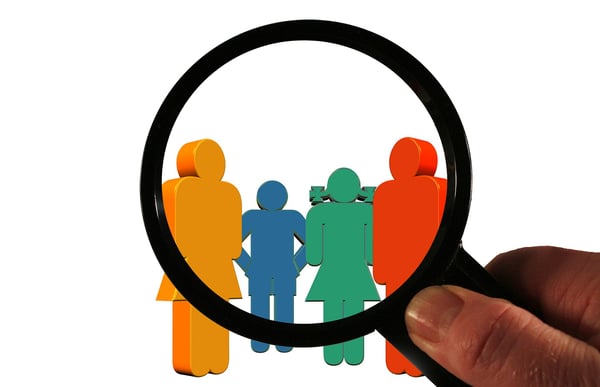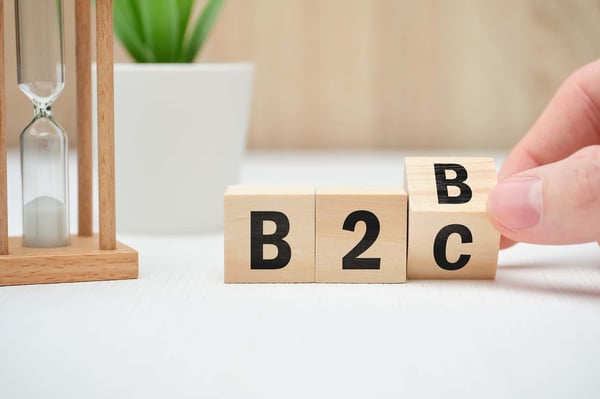Index Content
A Customer journey map can be defined as a customer experience management method or tool that represents the customer's total journey towards the product. It also allows you to map each of the stages, interactions, channels and elements that the customer goes through. Now we'll tell you more!
what is a Customer journey map?
In a customer journey map, the customer journey is generally represented as a linear progression. Each step taken by the customer is analysed according to specific criteria. This results in a matrix as one of the most common ways of representing the stages the customer goes through.
- Horizontal axis: On the horizontal plane, the different stages that the customer goes through in his or her journey are shown: Starting with the customer's recognition that he or she has a purchase need, then through the purchase decision to satisfy the need and finally to the actual purchase process. The more the journey is broken down into individual steps, the more detailed the subsequent analysis can be. For this reason, customer journeys are often referred to as steps or stages instead of touch points. Since a touch point represents the direct contact of the customer with the company and therefore excludes some of the moments, such as the transport of the product home, which is also part of the customer journey map.
- Vertical axis: The vertical plane or axis allows an analysis of the stages of the customer journey to be visualised. Depending on the company, the types of analysis include:
-Customer desires and goals
-Marketing channels and measures affecting the customer
-Emotions felt at the step (positive, negative, neutral)
-It is also possible to add a storyboard in which each step is represented scenically

The 4 steps to develop a good customer journey map
- Step 1: Compose the customer journey map team. Even if not all employees have contact with the customer, all departments should be well represented in this team. Even employees without customer contact can bring new ideas and perspectives. They are also sensitised to take the customer and his needs into account in every step of the process. In any case, the following functions should be present:
-Customer service and sales: provide concrete and comprehensive information from direct contact with the customer.
-Management: can allocate budgets and make decisions quickly.
Human resources: provides information from the employees' perspective.
-Marketing: can provide solid facts and figures on customer behaviour.
- Step 2: Create the first version of the customer journey map. To create a first version of the customer journey map, all participants can, or rather should, meet for a brainstorming session to put themselves in the customer's shoes. The participants can evaluate the process themselves with their own online offer. However, it should not be forgotten that the customer journey does not only take place online, but that the customer also deals with the product or the company offline. Likewise, not too much time should be invested in a first draft, as the details are not yet important, but a rough roadmap should be drawn up.
- Step 3: Collect data and verify assumptions with facts. It is very dangerous to create a customer journey map based only on assumptions made by internal company staff. The more steps of the map can be verified with real data, the more likely it is to reflect the experiences of real customers. This is the only way to gain really useful insights from the customer journey map and thus optimise the customer experience in the long run.
- Step 4: Identify and optimise the important stages. The more data that goes into the map, the more obvious it becomes which steps represent the key moments in the customer journey. These have a significant influence on the customer experience and the company's key figures.

Customer journey maps in a B2B context
Customer journey maps are also an important tool for customer experience management in the B2B sector. Probably the biggest difference with the B2C sector is that the customer journey of a B2B organisation is often characterised by the presence of several people: the accounting department must approve the costs of the planned software purchase, while the IT system administrator is in charge of the application; the software was previously selected by the human resources department. These responsibilities must be considered in the corresponding customer journey map, so they tend to be more complex in the B2B area.
Finally, remember that customer journey maps try to show the customer journey from the customer's point of view and thus give an accurate picture of the individual customer experience.





